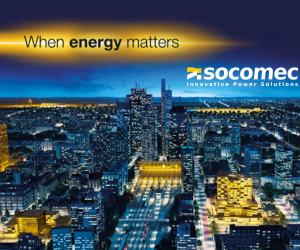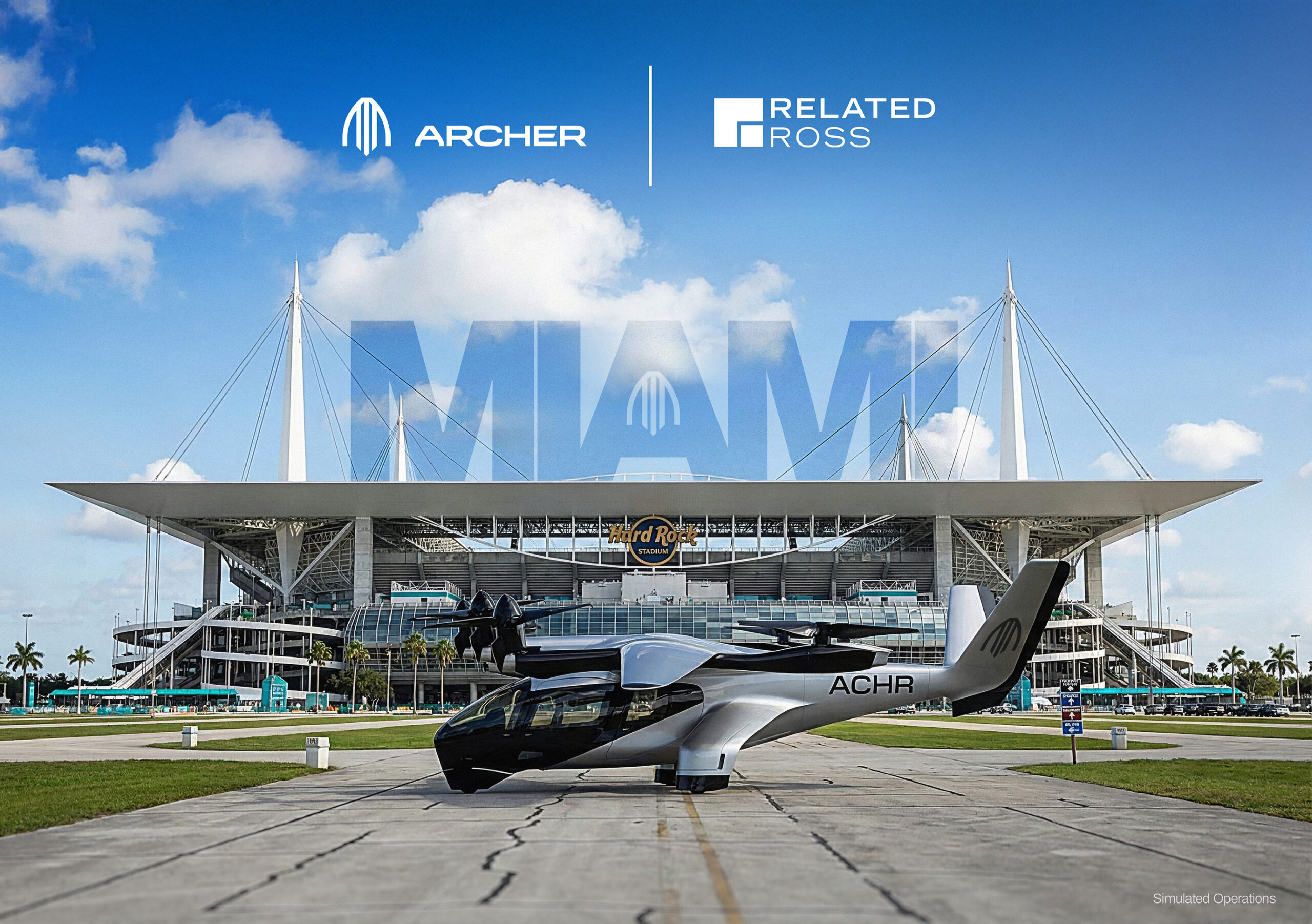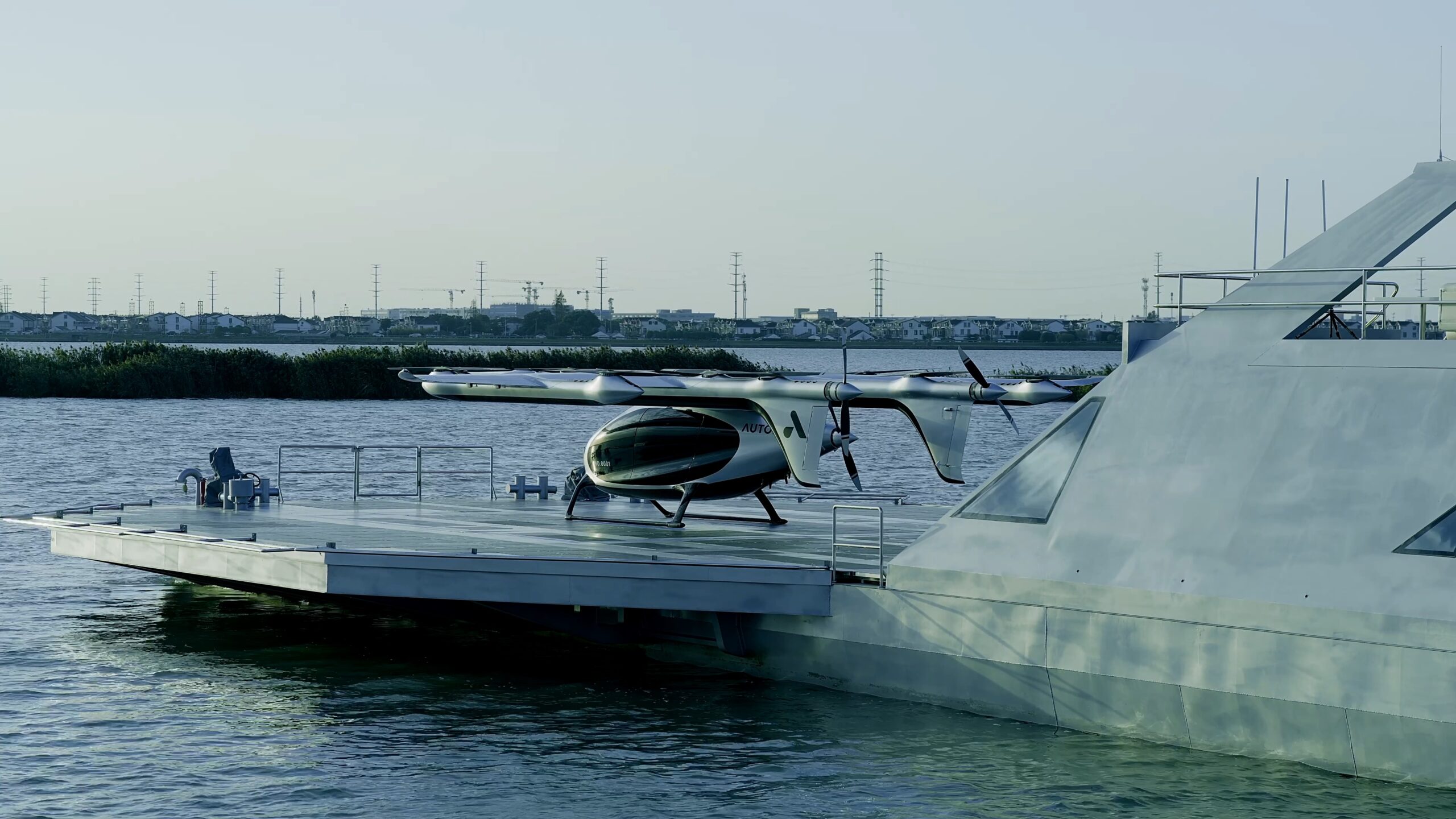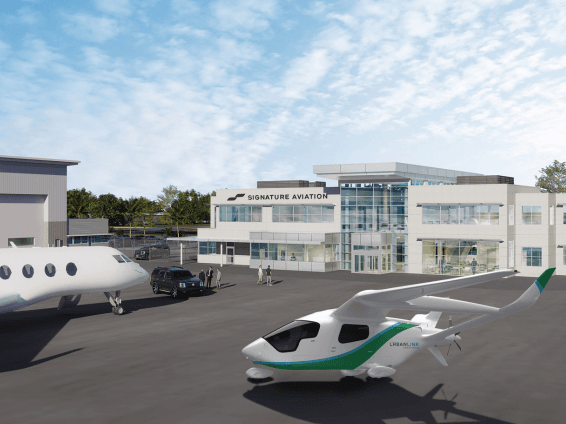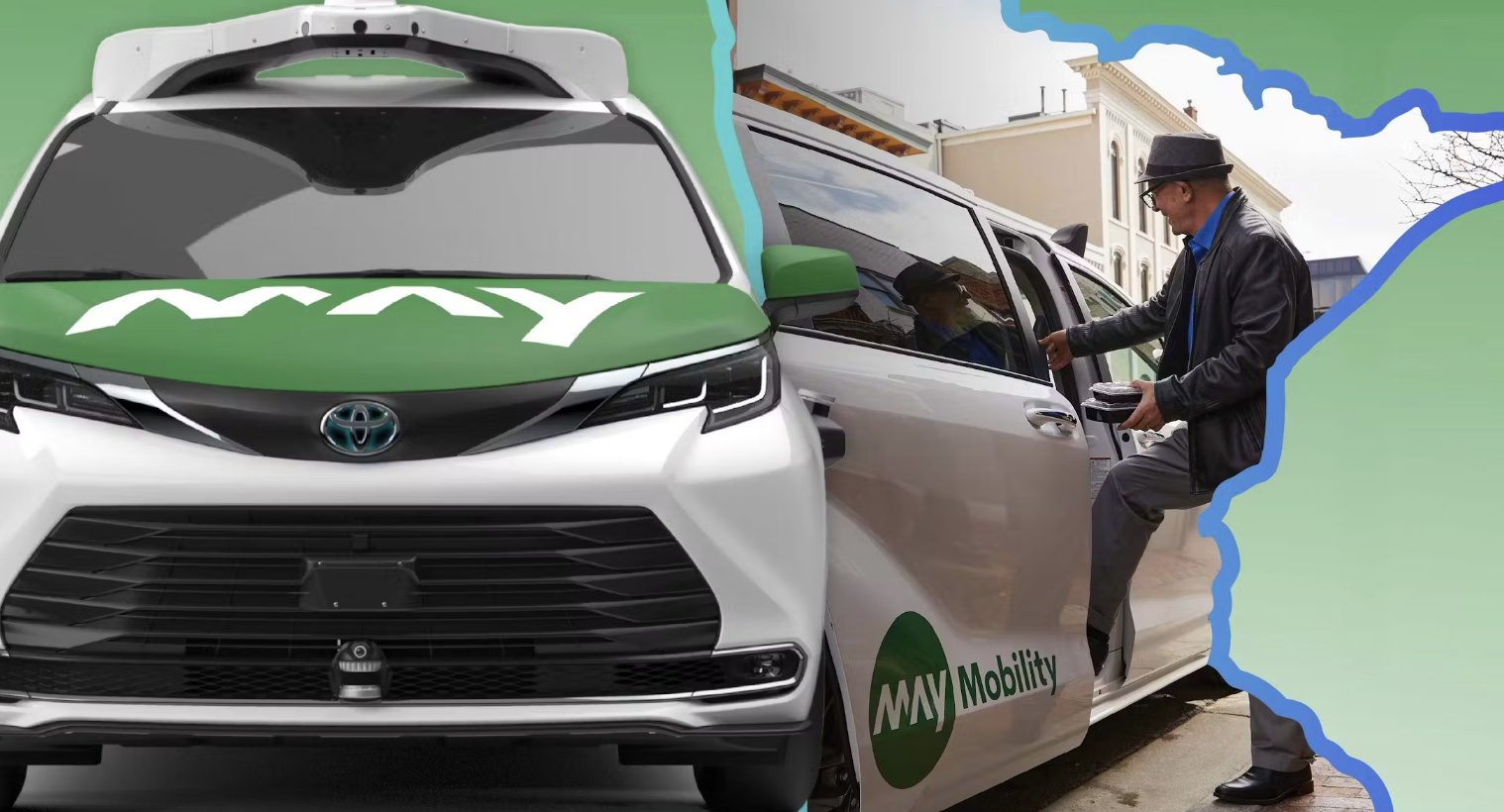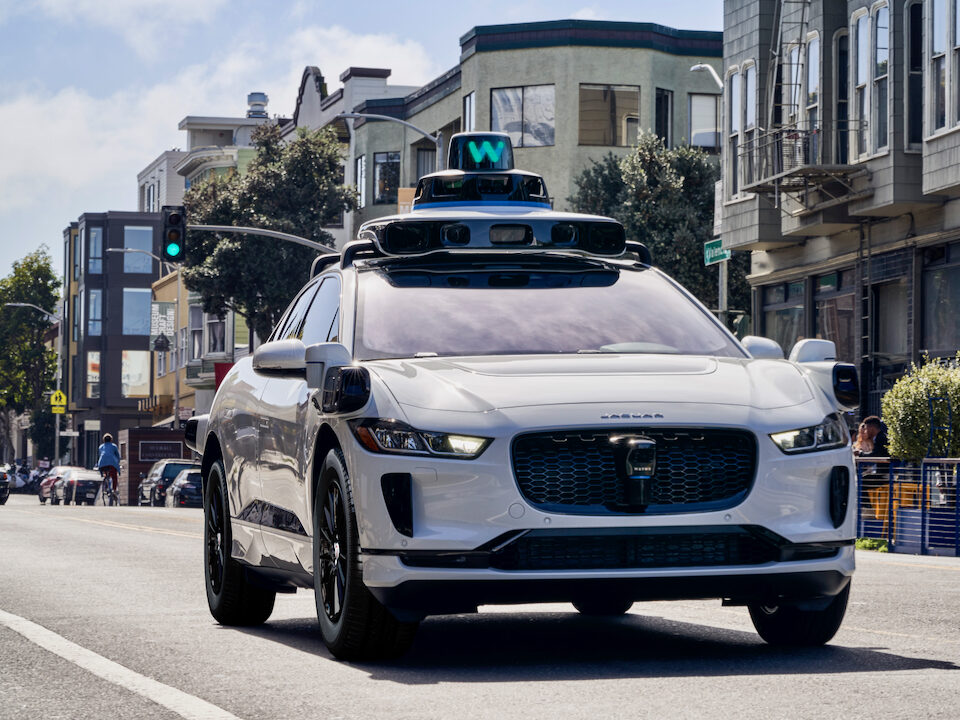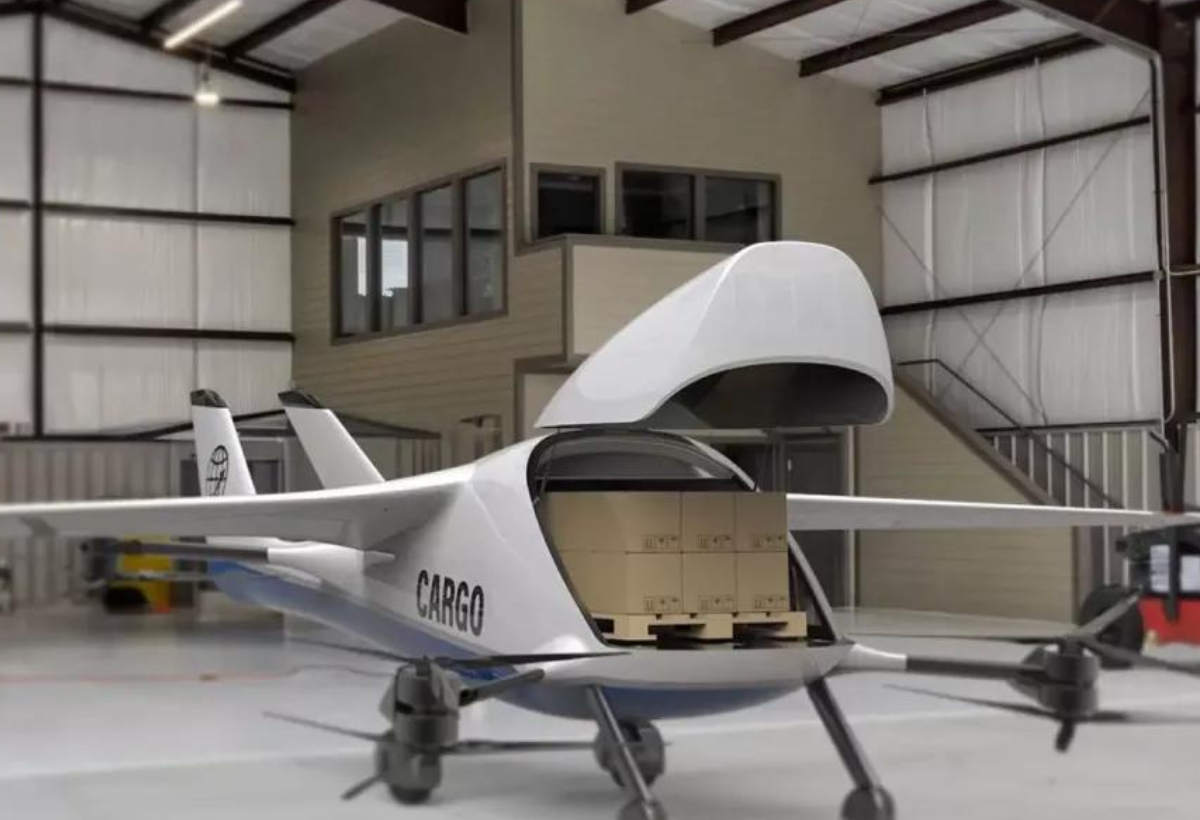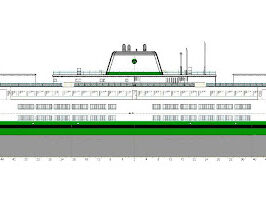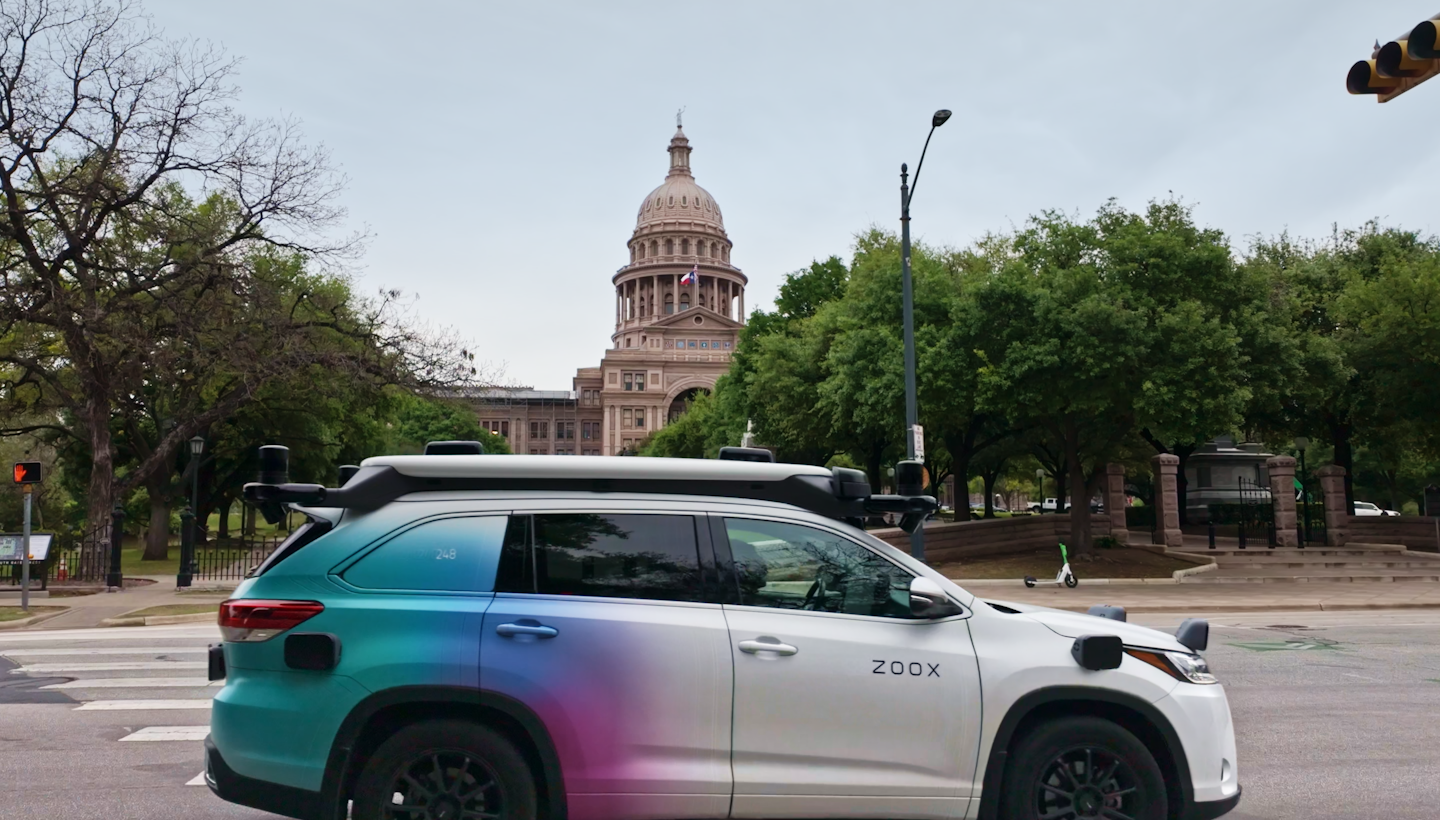Joby Aviation, Inc. has completed a 523-mile flight with its hydrogen-electric vertical take-off and landing (VTOL) demonstrator aircraft.
The flight took place over Marina, California, aiming to demonstrate the potential for emissions-free regional air travel.
The demonstrator aircraft, originally a battery-electric prototype, was equipped with a liquid hydrogen fuel tank and a fuel cell system for this flight.
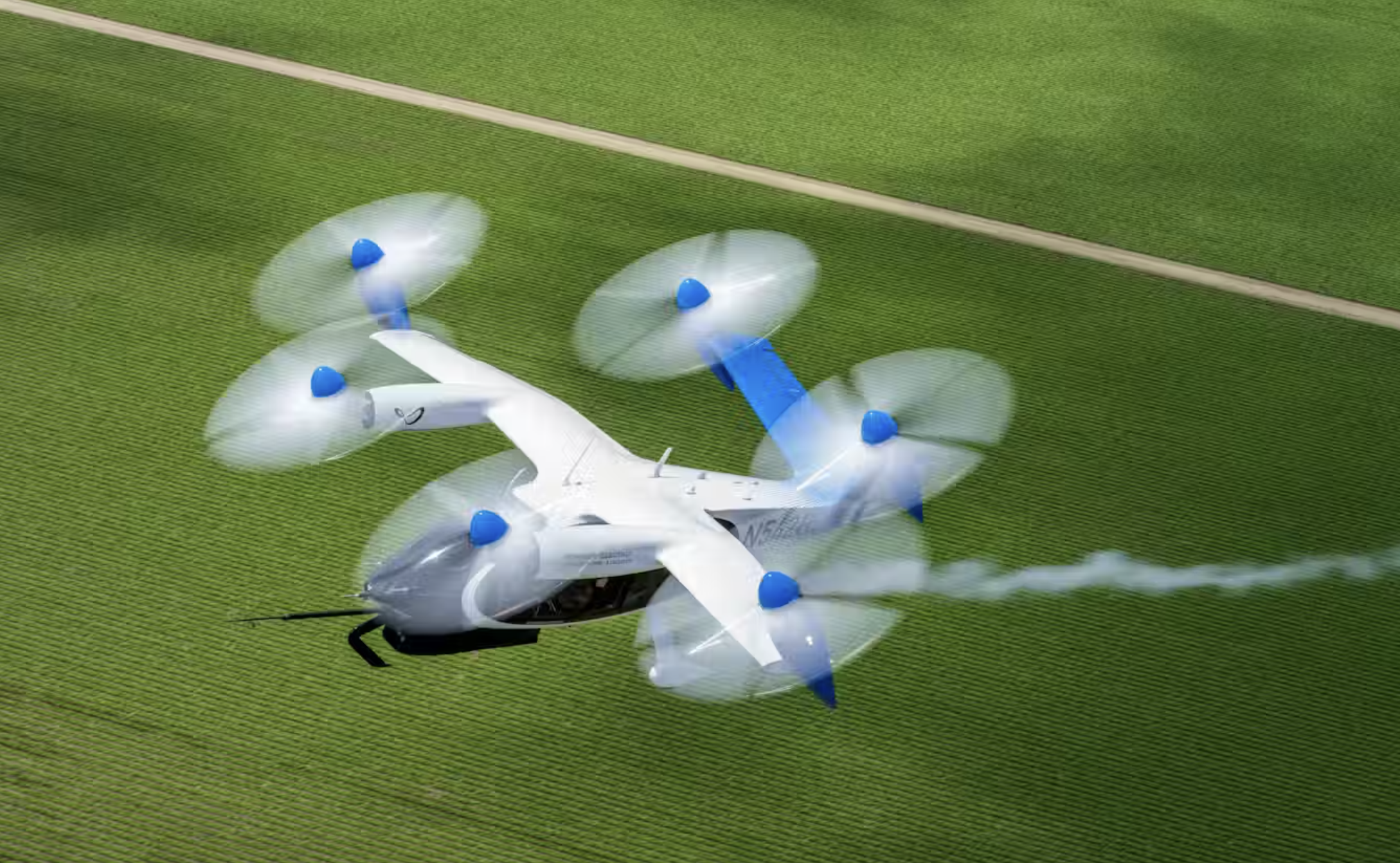
The 523-mile test flight concluded with 10% of the hydrogen fuel still available, highlighting the efficiency and potential range of hydrogen-electric propulsion.
It used a liquid hydrogen fuel tank, designed to store up to 40 kilogrammes of hydrogen. The hydrogen fuel cell system, developed by H2FLY, generates electricity to power the aircraft’s six electric motors, with batteries providing extra power during take-off and landing.
JoeBen Bevirt, Founder and CEO, Joby, said:Traveling by air is central to human progress, but we need to find ways to make it cleaner. With our battery-electric air taxi set to fundamentally change the way we move around cities, we’re excited to now be building a technology stack that could redefine regional travel using hydrogen-electric aircraft.
Imagine being able to fly from San Francisco to San Diego, Boston to Baltimore, or Nashville to New Orleans without the need to go to an airport and with no emissions except water. That world is closer than ever, and the progress we’ve made towards certifying the battery-electric version of our aircraft gives us a great head start as we look ahead to making hydrogen-electric flight a reality.


